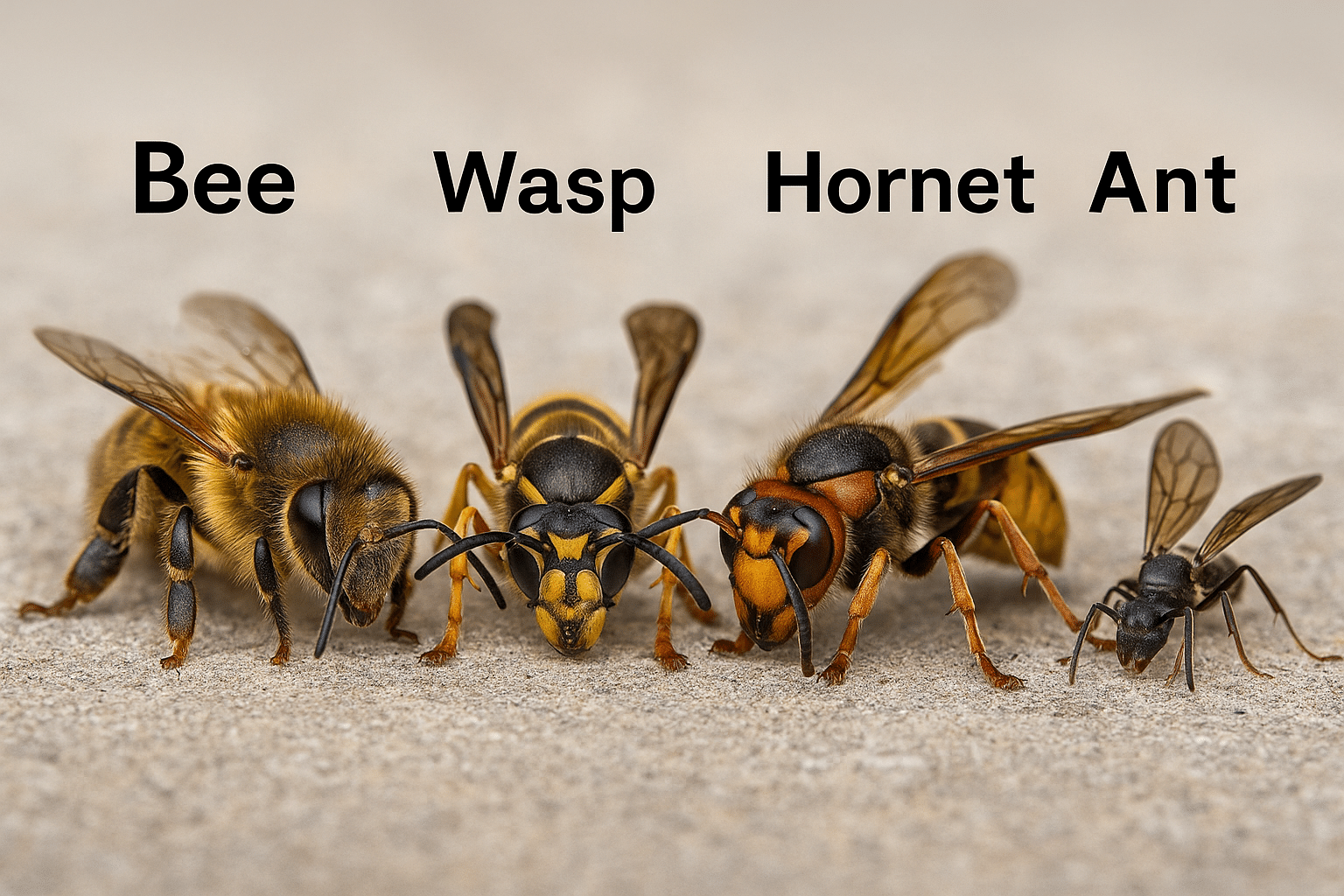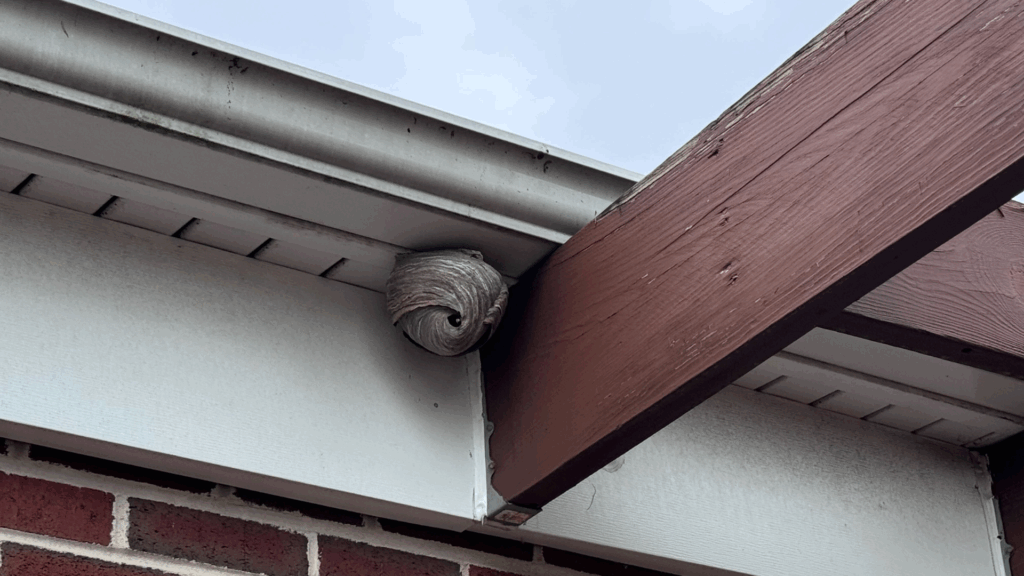
Summer is for backyard barbecues, playing in the yard, and relaxing under the sun—not dodging wasps, bees, or hornets. Unfortunately, stinging pests thrive in warm weather, and without proper precautions, your outdoor space could become a hazard instead of a haven.
Whether you’re concerned about painful stings, allergic reactions, or the safety of your family and pets, now is the time to take action. Here’s how to protect your yard and enjoy a sting-free summer.
Know Your Stingers: Common Summer Pests
Bees
Bees are beneficial pollinators but can become a problem when they nest too close to living spaces. Honeybees are generally non-aggressive, but carpenter bees can damage wood structures.
Wasps
Wasps, including yellow jackets and paper wasps, are more aggressive than bees. They build nests in eaves, trees, sheds, and even underground. A single nest can house hundreds.
Hornets
Hornets are a type of wasp known for their painful sting and territorial behavior. Their large paper nests are often found in trees, under decks, or on the side of buildings.
Fire Ants
Fire ants build mounds in lawns and gardens. Their sting is painful and can cause serious reactions in sensitive individuals.
Signs You Have a Problem
Don’t wait until someone gets stung. Here are early indicators that stinging pests may be nearby:
- Frequent buzzing or pest activity near your deck, shed, or trees
- Small papery nests in corners, under eaves, or in trees
- Holes in wood where carpenter bees may be tunneling
- Raised dirt mounds in grassy areas (a sign of fire ants)
The earlier you detect the issue, the easier and safer it is to control.

How to Prevent Stinging Insects in Your Yard
1. Seal Entry Points
Check for gaps in siding, roofing, and soffits where pests can enter and build nests. Use caulk or screening to block them.
2. Keep Food and Drinks Covered
Outdoor food attracts wasps and bees. Clean up spills quickly and keep sweet drinks sealed.
3. Trim Vegetation
Overgrown shrubs, trees, and tall grass provide ideal nesting sites. Keep plants trimmed and remove yard debris regularly.
4. Secure Garbage and Recycling Bins
Tightly close all trash cans and compost bins to avoid attracting scavenging insects.
5. Remove Standing Water
Stinging pests also need water. Dump out kiddie pools, birdbaths, and plant saucers regularly.
6. Inspect Play Areas and Outdoor Furniture
Check under slides, tables, and grill covers where nests may go unnoticed until it’s too late.
DIY or Call a Pro?
For small or inactive nests, DIY traps and sprays may help. However, caution is key. Attempting to remove an active wasp or hornet nest without proper gear is dangerous.
Professional pest control teams can:
- Safely remove nests and colonies
- Apply prevention treatments
- Identify stinging insect species
- Help protect children and pets from future stings
Final Thoughts
You deserve to enjoy your yard this summer without worrying about stings and swarms. With the right prevention steps and help from professionals when needed, you can take back your outdoor space and make it safe for the whole family.
Need Help With Stinging Insects?
If you’ve spotted a nest or are seeing more wasps than usual, we’re here to help.
Schedule an inspection or treatment today and enjoy a safer, sting-free summer.
Seasonal yard treatments available
Contact us today for a quote or consultation
Check out our Google Reviews!

